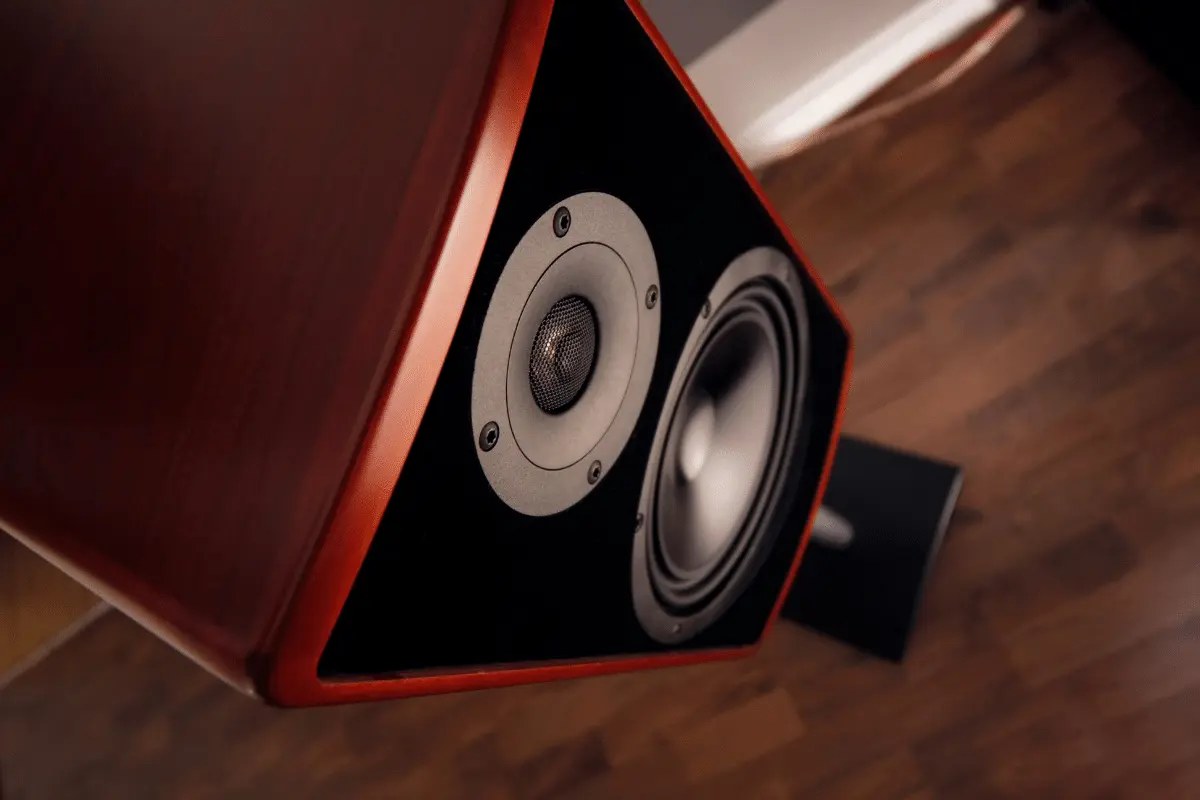Who doesn’t love to listen to music? Some prefer high volume, and some prefer low volume. We all know that high frequencies can easily damage our ears and reduce our hearing ability. But what happens if you listen to music at a low volume? Can low-volume headphones damage ears?
When played at a low volume, music won’t hurt your ears if you are using earphones. But you can get ear damage even at a lower volume when you exceed the hearing limit. Generally, sounds below 80 dB are considered lower levels. But the definition varies among people. It won’t usually cause tinnitus while listening at 50 to 70 dB within the hearing limit.
Even though it’s technically safe, you can’t just listen to music all day. It would be better to give your ears a break, once in a while.
Volume Limit For Human Ears
As a general rule of thumb, 50 to 70 dB is considered a lower volume limit. Human ears can’t tolerate all kinds of sounds. Typically, we can hear sounds that range from 0 dB to 140 dB.
Our regular conversation has a volume of 30 dB. It’s not harmful to expose yourself to these sounds for a long time. However, heavy traffic, air conditioners, and lawnmowers can create noise levels of up to 85 dB. This will start damaging your ears after just two hours of exposure.
So, basically, anything above the 80 dB limit is considered loud. Therefore, the reference point for “low volume” is obviously below 80 dB. But this range can vary based on people’s sound perception.
Low Volume For Human Ears
You can choose to hear music either with earphones or without them. So, even with low volume, you have to know the effects of both situations on your ears.
Without Earphones
When you listen to music without any earphones or headphones, the possibility of getting your ears damaged is lower. That’s because most of the frequencies don’t come directly to your ears.
So, when you enjoy music at a low volume or hear soft sounds, you can technically “tolerate” it for an indefinite period. But it’s only applicable if you have no alternative.
However, you should not overexpose your ears to sounds that have a range of above 80 dB.
With Earphones
When you use earphones to enjoy music, the risk of ear damage gets higher. That’s because the sound frequency is concentrated in one position and then enters into your ear.
As the inner parts of our ears are very sensitive, any imbalance due to sound will damage the internal components. Long exposure to sound in such a dense way can cause hearing loss even if the volume is low.
Every sound range has its own exposure limit, and so does the lower volume. Therefore, it may affect your ear when you are listening too much at a low volume.
How Can Low Volume Damage Your Ear?
So, the big question remains. Can low-volume headphones damage ears? Well, the answer is a bit tricky. That’s because low volume sound doesn’t directly cause any harm to our ears.
The sound enters the ear canal as waves and hits the eardrum. Then the three tiny bones inside your ears pass the sound to the nerves and convert it to an electric signal that goes to your brain.
So, when you are listening to music at a low volume, your ears will receive low frequencies, and the eardrums will receive low hits. Therefore, too much exposure to low-volume music should not cause any direct damage to your ears.
However, that does not mean you can hear low-volume music for an indefinite amount of time. Even low-volume listening has a tolerance limit. You just can’t live with such exposure 24/7.
How Long Is “Too Long” At Low Volume?
Typically, sounds below 80 dB are considered low volume, and on average, it varies from 50 to 70 dB among people of various sound perceptions. According to doctors and researchers, more than 8 to 10 hours of low-volume music is considered a damaging situation for your ears.
You can consider it “long enough” when your eardrums are hurting, or you feel irritated and nauseated after some time. Sudden migraines or headaches are also a common symptom of over-exposure to music at low volumes.
Tinnitus And Low Volume
Tinnitus is directly related to sound exposure. But can tinnitus get worse even when you are listening at a low volume? According to researchers, music at low volume levels should not bother or irritate tinnitus. But it’s not applicable to all kinds of people.
Some people have acute tinnitus. They can get bothered even at low volume after some period of exposure. In such situations, they should lower the volume until they don’t feel any irritation.
But other people have regular tinnitus, which is also known as reactive tinnitus. They can easily tolerate a higher level of noise according to their comfort. It’s not too dangerous for them to hear low-volume music.
All in all, it won’t be wise to exceed the safe volume level in any given condition. Or else, your tinnitus may get even worse.
What Kind Of Music Causes Less Damage?
Different musical instruments have different levels of frequency emissions.
For example, low-pitched instruments, like acoustic guitars and drums, produce smooth sounds and are not too harmful to your ears. On the other hand, high-pitched instruments, like electric guitars and heavy metal instruments, can cause severe damage to your ears.
Therefore, even if you listen to music at a low volume level with earphones, some instruments can be proven harmful when exceeding the exposure limit. Be careful about the type of music you choose to listen to!
Pro-Tips For Safe Listening
Even with listening at a low volume, your ears may hurt a little. But that won’t be the case when you follow some tips while enjoying music.
First of all, don’t use your earphones too long (more than 6 to 8 hours), even if you don’t feel any pain in the earholes or external auditory meatus. The best way is to follow the 60:60 rule. It means you shouldn’t listen to music for more than 60 minutes straight at 60 percent of the volume.
Even if the background is too noisy, don’t increase the volume level too much. Try to avoid areas with too much noise so you can listen to your favorite music in peace.
There are also ambient active noise-canceling earphones to protect you from such ear damage. Always look for these standards when you are choosing headphones.
Researchers and doctors recommend that anything below 80 dB is the perfect frequency to enjoy music. That’s because noise-induced hearing loss (NIHL) starts at 80 dB and above. So, it’s better to keep the music level below 80 dB.
Heavy traffic and lawnmowers can produce 80 to 85 dB of sound. Therefore, more than two hours of city commute or lawn mowing in your yard can cause ear damage. So, you need to be careful not to indulge in situations like these.
You can use some apps to detect the sound level. The apps may alert you when the exposure is exceeding the limit. However, the sensors of those apps are not very effective.
Final Note
Listening to our favorite tracks is a part of our daily life. So, don’t let it be a way to damage your hearing. But is listening to headphones at low volume bad? Hopefully, you have got the answers!
You can enjoy low-volume music without damaging your ears. All you need to do is stay within the limit of sound exposure. Now you can listen to your favorite music without fear!




Leave a Reply
You must be logged in to post a comment.